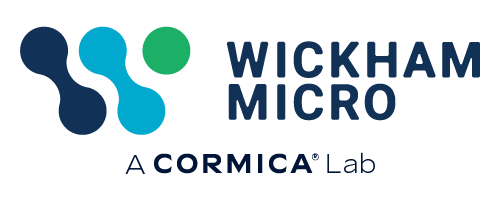Description:
• Bioburden is typically defined as the number of microorganisms living on a non-sterilised surface or device. It can also relate to the bioburden, or natural flora, present in such things as active pharmaceutical ingredients (APIs).
• Natural bioburden can be found in herbal tablets, infant formula, or even the water used in product manufacturing. This term is often used within the context of bioburden testing.
• Active ingredients and manufacturing / production process steps will have bioburden limits, therefore microbiologists must perform regular assessments of the bioburden as part of quality control testing.
• Bioburden testing can also be known as microbial limits testing or MLT.
Bioburden Testing:
• Pharmaceutical and medical device manufacturers should include bioburden testing as an important aspect of pre-sterilisation quality control monitoring (as well as validation or re-validation), monitoring of raw materials, environmental monitoring and control of manufacturing processes.
• It is extremely important while conducting bioburden testing that no microorganisms are introduced to the sample from the environment or technicians conducting the testing. It is also important to ensure the method does not inactivate any bacteria already present in the test samples.
• Bioburden testing is essential in order to align with regulatory body requirements related to the safety of medical devices. This testing is used to measure the total aerobic microbial count (TAMC) on medical devices prior to any final stages of sterilisation or implantation use.
• Bioburden testing for medical devices made or used worldwide is governed by ISO 11737 or in the USA by Title 21 of the code of conduct of Federal Regulations.
In the Lab / at Wickham Micro Ltd
• Our microbiologists can perform microbial limits testing to estimate the number of viable aerobic microorganisms; this group of tests can also determine the presence or absence of specified pathogenic organisms in raw materials, excipients and finished products.
• We perform testing in accordance with ISO 11737-1 for the sterilisation of medical devices and operate in a designated bioburden laboratory to Grade D cleanroom quality standards, ISO 14644 and the Orange Guide among other standards.
• The estimation of bioburden on medical devices in particular can be challenging, due to their construction and composition, which can vary greatly from device to device. At Wickham Laboratories, our experience in bioburden testing of devices varies from tiny sensors to large heart and lung machines. As such we are able to interpret the regulatory guidelines to produce an effective protocol and achieve the desired testing outcome for the client.
• The bioburden determination process utilises membrane filtration and, in accordance with regulatory requirements, we ensure that validation demonstrates the recovery efficiency of the method.
• To validate the recovery efficiency, either the natural bioburden or an artificial bioburden can be used. Products having a low natural bioburden would be inoculated with spores of Baccillus atrophaeus. For products with a higher bioburden (>100cfu), we would simply utilise the natural bioburden. Recovery efficiency is achieved by sequential washing, using the chosen recovery method.
• Once completed, the bioburden is then calculated by performing evaluations on an appropriate number of units for each of three batches, representative of normal production practices.
Fact Sheet
Bioburden Testing Method Facts
Posted 8th November 2018 by Wickham Micro


